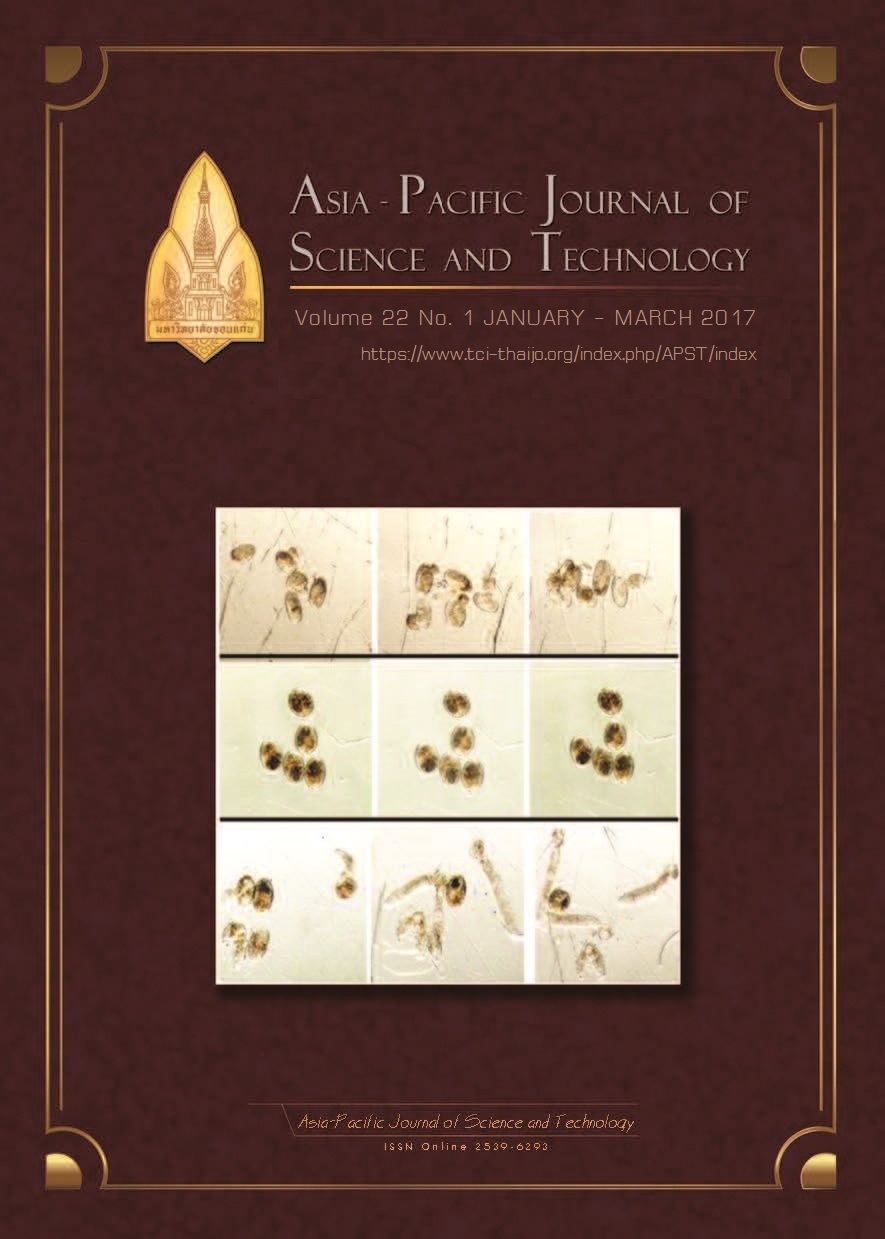Contribution of Income generation space (IGS) in row-type housing for sustainable housing enhancement
Main Article Content
Abstract
The primary role of housing is to provide a residence for people. Concurrently, it can be utilized for other purposes to suit the dwellers’ practical demands. Spaces that support income generation for the residents apart from their living areas are called Income Generation Spaces (IGS) or Spaces for Creating Income (SCI). These spaces have played an important role helping its users gain income. In the row-type housing of Khon Kaen, IGS have a significant role. This is true in two kinds of row-type housing projects in Khon Kaen, i.e., government and private row-type housing projects. The Tawanmai community housing is representative of government provided row-type housing. Another type of project is under the supervision of the Community Organizations Development Institute (CODI). These two types, with a middle income row‑house complex near Khon Kaen University, were selected as a case to be analyzed. The prevalence of IGS in these projects was explored. Self-customization was examined as a tool to achieve IGS. Another factor was lighting design in relation to architectural aesthetics for IGS. Natural lighting can be utilized in the front areas of each row-house, but it cannot be conveniently utilized for the interior spaces of row-houses. Therefore, lighting should be designed to provide plenty of light and support architectural aesthetic demands. About one third of the BMP row-houses in the research area employed an IGS strategy. Additionally, about three-fourths of the middle income row-house utilized IGS. Therefore, IGS should be an essential feature to be implemented for sustainable lighting strategies in all types of row housing, especially in a Thai context.
Article Details
References
[2] Tonmitr, N.,.Ogura, N., 2014. Self-customization for Income Generation Space in the Baan Mankong Program: The Case of Tawanmai Community Housing in Khon Kaen Province, Thailand. Journal of Architecture and Planning (Transaction of AIJ) 79, 1871-1879.
[3] Tonmitr, N., Ogura, N., 2013. Self-build Metamorphosis and Contribution of Income Generation Space to Sustaining Low-income Housing Strategy: The Case of Banpet District of Khon Kaen Province, Thailand. Journal of Architecture and Planning (Transaction of AIJ) 78, 2281-2289.
[4] Tonmitr, N., 2014. Materials for Extension Low-income Housing: The Case of Bang Bua Community in Bangkok, Thailand. Advanced Materials Research Journal 849, 218-222.
[5] Tonmitr, N., Ogura, N., Irie, T., 2014. Sustainable Strategy for Governmental Urban Poor Housing Development in Thailand: Contribution of Self-customize Income Generation Space. Advanced Materials Research Journal 931-932, 598-602.


